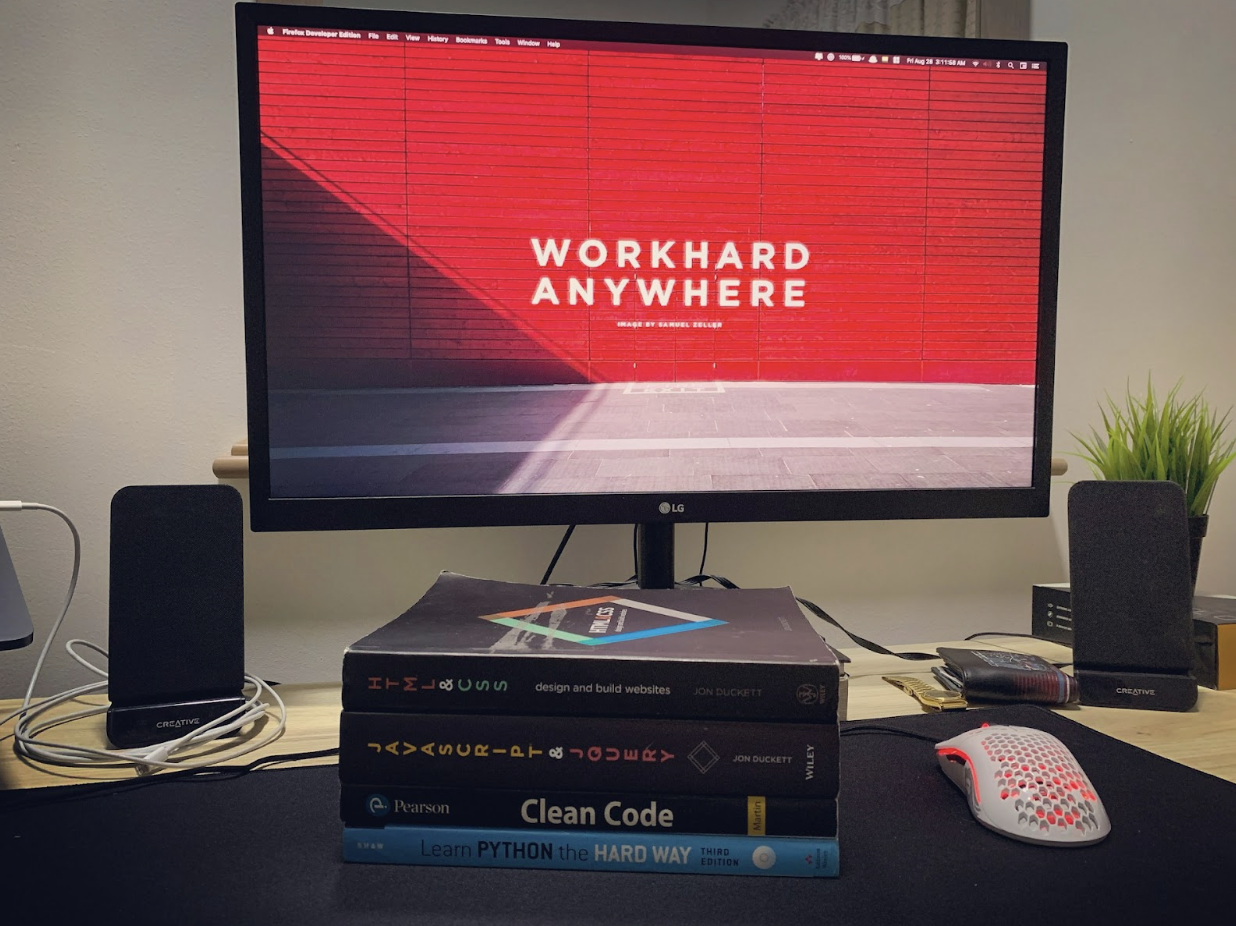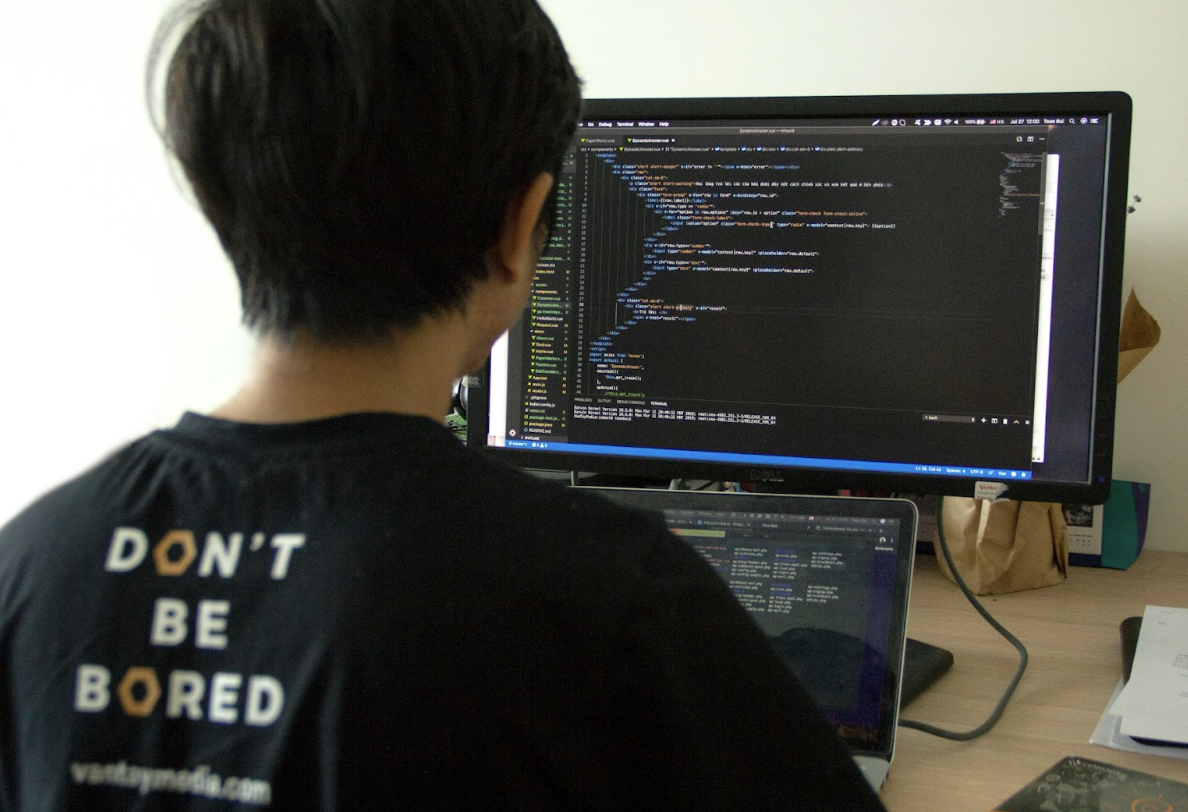 News
News
Measuring productivity when hiring remote software developers involves assessing and analyzing the efficiency and output of these developers in a virtual work environment. It goes beyond simply tracking the time spent on tasks and extends to evaluating the quality and impact of their work. This process may include monitoring project progress, assessing deliverables, and evaluating the overall contribution of remote developers to the team's objectives. By employing various metrics and key performance indicators (KPIs), such as completed tasks, code quality, and meeting deadlines, businesses can gain valuable insights into the effectiveness of their remote development team. This proactive approach helps in making data-driven decisions, fostering a collaborative and results-oriented work culture, and ultimately ensuring the success of remote software development initiatives. In this blog post, we discuss the importance of measuring productivity when you hire nearshore developers and how you can measure productivity.
Why Measure Productivity When You Hire Remote Developers?
Measuring productivity after hiring remote developers is crucial for ensuring the success of your team and achieving business goals. It provides a clear understanding of how effectively tasks are being completed and allows you to identify areas for improvement. By tracking productivity, you can assess the impact of your remote developers on project timelines and overall efficiency. This insight enables you to make informed decisions, allocate resources efficiently, and address any challenges that may arise. Moreover, measuring productivity fosters a culture of accountability, motivating remote developers to meet expectations and contribute positively to the team's success. In the ever-evolving landscape of remote work, where collaboration may be virtual, a systematic approach to measuring productivity becomes an essential tool for optimizing performance and achieving optimal outcomes.
10 Tips to Measure Productivity After You Hire Nearshore Developers
Establish Clear Performance Metrics
After hiring remote software development experts, it is essential to define and communicate clear performance metrics that align with both individual and team objectives. These metrics should go beyond traditional time-tracking and encompass key aspects of software development, such as the number of completed tasks, code quality, and adherence to project timelines. By establishing these benchmarks, you create a foundation for evaluating productivity systematically.
Implement Collaboration Tools
Utilizing collaboration tools is integral to measuring productivity in a remote setting. Platforms like Jira, Trello, or Asana allow for transparent project management, enabling you to track tasks, monitor progress, and identify potential bottlenecks. These tools not only provide visibility into individual contributions but also facilitate seamless communication within the remote development team, enhancing overall efficiency.
Monitor Code Repositories
Examining code repositories, such as GitHub or Bitbucket, is a crucial aspect of measuring the productivity of remote software developers. Analyzing commit history, reviewing pull requests, and assessing code changes can offer insights into the frequency of contributions and the quality of the code produced. This method provides a quantitative measure of a developer's output while also ensuring that the codebase remains robust and maintainable.
Regular Performance Reviews and Feedback
Conducting regular performance reviews and providing constructive feedback is vital for continuous improvement. Establishing a feedback loop allows both remote developers and management to discuss achievements, address challenges, and set goals for future projects. This ongoing dialogue fosters a sense of accountability and ensures that any issues hindering productivity are identified and addressed promptly. You can also provide remote work productivity tips to your team members in order to assist them with boosting their productivity.
Assess Meeting Engagement and Communication
Remote work heavily relies on effective communication. Assessing meeting engagement, responsiveness to emails, and participation in team discussions provides valuable insights into a developer's engagement and collaboration skills. Tools like Zoom or Microsoft Teams can be used not only for project meetings but also for informal discussions, enhancing team cohesion and productivity.
Adaptability and Learning Curve
Measuring productivity should consider the adaptability of remote developers and their ability to learn and incorporate new technologies or methodologies. Assessing how quickly developers grasp new concepts or tools and apply them to their work provides a holistic view of their productivity and potential for long-term success within the remote team.
Evaluate Task Prioritization and Time Management
Remote software development experts often juggle multiple tasks and projects simultaneously. Evaluating their ability to prioritize tasks and manage time effectively is crucial. Monitoring whether developers meet deadlines and allocate time efficiently provides insights into their organizational skills and contributes to a more accurate assessment of productivity.
Measure Impact on Project Milestones
Assessing the impact of remote developers on project milestones is essential for understanding their contribution to overarching goals. Whether it's delivering a specific feature, resolving critical issues, or achieving project milestones, measuring how developers influence project progress provides a tangible way to gauge their productivity and value to the team.
Use Surveys and Team Feedback
Employing surveys and collecting feedback from the entire remote development team offers a qualitative perspective on productivity. Regularly seeking input from team members allows for a comprehensive evaluation of collaboration, communication, and overall team dynamics. This approach captures subjective insights that may not be reflected in quantitative metrics alone, contributing to a holistic understanding of productivity in a remote work environment.
Track Knowledge Sharing and Documentation
In a remote development setting, the ability to share knowledge and document processes is crucial for maintaining a collaborative and efficient workflow. Track how well remote developers contribute to knowledge-sharing initiatives, such as creating documentation, participating in knowledge-sharing sessions, or mentoring colleagues. This not only enhances the team's collective knowledge but also reflects positively on the productivity and long-term success of the remote development team.
Hire Nearshore Developers With Blue Coding
Consider Blue Coding for hiring developers in South America. It's a smart choice for cost savings compared to hiring locally. Finding the right developers for your project can be tough, but Blue Coding, a nearshore outsourcing agency, is here to help. We connect US clients with top talent in Latin America, ensuring timely and accurate project completion. Contact us to learn more about our services!



